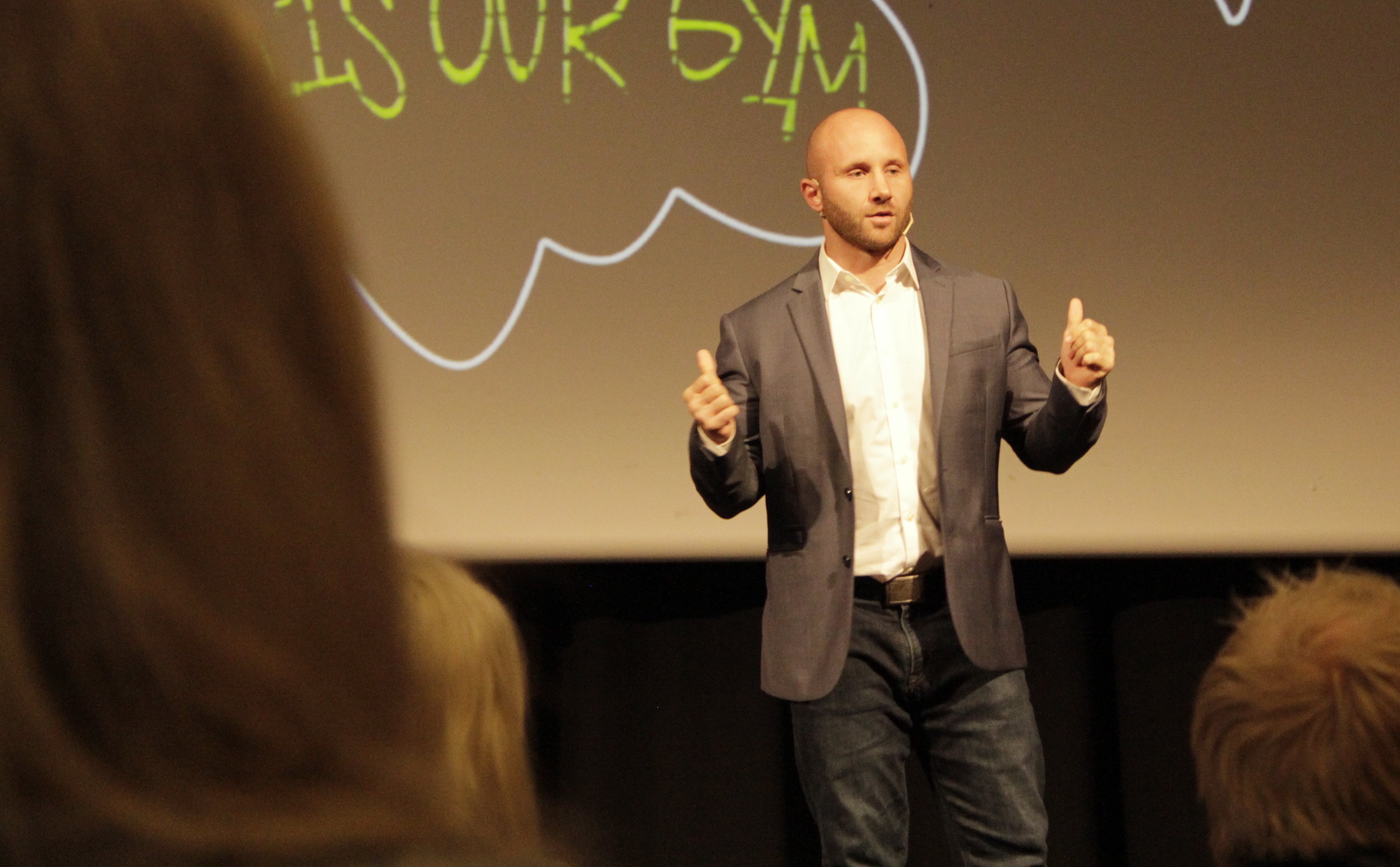Well, it’s late October again and that means one thing: my annual end-of-year rumble with depression is here.
Last night, I was talking to my girlfriend Maya and admitting how I was grouchy with my class Tuesday morning. She asked me why I was in a bad mood so early in the morning, and I told her I thought it was just that fall feeling coming back. She was very familiar with it.
“Dang. I thought we might skirt past it this year since you said you were so happy,” she said.
She was right. I am happy.
2018 has been the best year of my life, for many reasons.
But I explained to her that being fulfilled with work, family, and my personal life and struggling with anxiety or depression were not mutually exclusive. My goal was not to avoid feeling that way, but rather to be completely conscious that I was.
The point is, I recognized the early warning signs. That is a major win.
Now I just need to break up the resulting habits.
According to Charles Duhigg’s The Power of Habit:
“Every habit happens the same way. At first there’s a cue – some type of trigger that makes the behavior unfold automatically. That cue can be a location, a time of day, an emotional state, other people, or just a pattern of behaviors that consistently triggers a certain routine.”

When we establish habits — good or bad, intentionally or unintentionally — a neurological pattern is formed. Our brains learn to expect those stages of the pattern to happen, so much so that often we aren’t consciously aware that the patterns are even happening.
That’s why we end up with the feeling of “How did I let this happen AGAIN?”
A close friend of mine and I have been working lately on breaking up her habit of drinking. She works in a highly stressful industry that is well known for promoting the “work hard, play hard” attitude. But her habit is destroying her personal life and she is desperate to make a change.
When I asked her to walk me through the pattern of what she does, she said: “I finish work, exhausted, I grab some crappy food on the way home, and then I veg out on the couch and watch Netflix. That’s when I feel the urge to drink the most. And lately I’ve been giving in.”
That’s four steps. They are the exact four steps she’d take when she was drinking regularly.
“Well, you have to change the pattern.” I said. “You have to replace one of those steps and wedge something else in there.”
She didn’t stand a chance otherwise, because her brain would literally take over the decision-making process.
Duhigg’s cycle of habit establishes our “cue,” or early warning signs, then the routine that results from that cue, and finally the “reward” we get from that routine. Once we determine all those things clearly, we can use trial-and-error to find another (i.e. better) routine that accomplishes the same reward.
My friend ultimately wanted to decompress after a long day of work. She was exhausted, stressed, and anxiety-ridden. That was the early warning sign. The reward was reaching a state of relaxation (or in her case, perceived relaxation). The routine was picking up take-out and watching Netflix by herself.
There were several options to break up that routine.
I suggested she find a new activity to do after work. It could be exercise (which would achieve several of her goals), a non-drinking social interaction, volunteer work, book club, anything!
Not only would inserting a new activity break up the pattern so embedded in her brain, but it should also exhaust her enough and let her mind wind down so she could sleep peacefully.
She agreed that it made sense and is working to establish that new pattern.
This is easier said than done, of course.
A study by the University College London showed that establishing a new habit takes an average of 66 days.
That means that we have to work our butts off to set a new pattern. But it is possible. The first step to get us on the right track is recognizing the cue. Once we can see that clearly, we can plan out our new routine. And if we fall off track, we just have to hop right back on as quickly as possible.
Now that I’ve noticed my early warning signs that the October blues are among us, I will immediately take action. Normally, I would have stayed right there in that state for a few weeks, just wallowing in it and feeling more and more sorry for myself.
Today I will get up, get out, do something that makes me happy, and get back to having the best year of my life.

Picture via Rain Bennett
Rain Bennett is a two time Emmy-nominated filmmaker, fitness professional, public speaker, and writer. His mission is simple: to help people realize that they too can be great, no matter where they come from or what they start with. It just takes passion, persistence, and a plan.
Bennett directed and produced his first feature length documentary in true indie fashion by traveling the world with only a backpack and a Canon DSLR camera. That film, Raise Up: The World is Our Gym won “Best of the Fest” at the Hip Hop Film Festival NYC and received global distribution through Red Bull Media House. He’s been featured in publications like Men’s Health and Sports Business Global and is a regular contributor to Breaking Muscle. When he’s not making movies or training clients at Sync Studio in Durham, he’s hosting a new webseries called The Perfect Workout Show.



Comments on Chapelboro are moderated according to our Community Guidelines